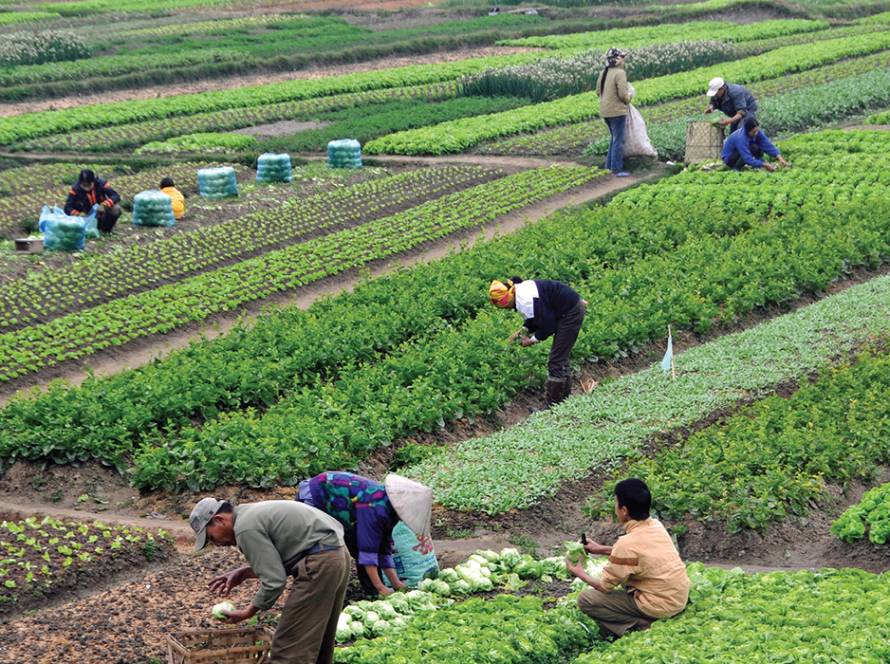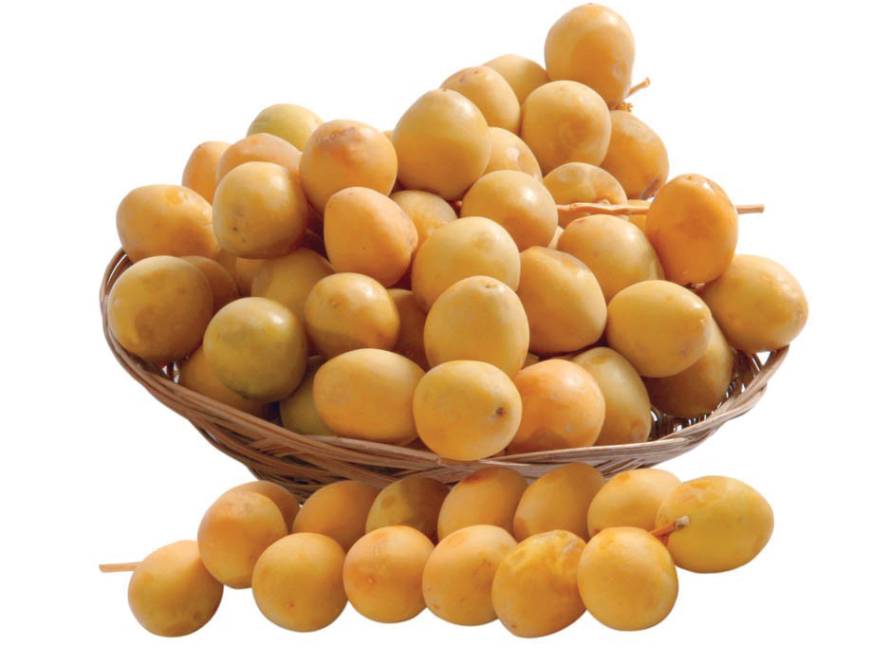Irrigation Method: Flooding, for a one-acre area.
Land Preparation:
- Ensure the land is well leveled before planting, as beans are highly susceptible to root rot.
Pre-Planting Service:
- 10 meters of organic manure or compost
- 1 bag of ammonium sulfate (50 kg)
- 4 bags of super phosphate (50 kg each)
- 1 bag of agricultural sulfur (50 kg)
First Month Fertilization:
- 2 bags of ammonium sulfate (50 kg each)
- 10 kg of phosphoric acid or monoammonium phosphate
Spraying:
- 0.5 liters of Green Growth + micronutrient mix
Second Month Fertilization:
- 1 bag of ammonium sulfate (50 kg)
- 1 bag of ammonium nitrate (50 kg)
- 20 kg of phosphoric acid or monoammonium phosphate
- 1 bag of magnesium sulfate (25 kg)
Spraying:
- Amino Force at the beginning of the second month
- Phosphorus with potassium mid-second month
- Calcium boron at the end of the second month
Beginning of the Third Month:
- 1 bag of ammonium sulfate (50 kg)
- 2 bags of potassium sulfate (25 kg each)
Spraying:
- Potassium citrate at the beginning of the third month
- Potassium citrate mid-third month
Major Fungal Diseases Affecting Beans:
- Rust
- Ascochyta
- Anthracnose
- Alternaria leaf spot
Key Root Rots Affecting Beans:
- Rhizoctonia
- Pythium
- Fusarium
Main Causes of Root Rot:
- Excess water
- High soil salinity
- Excess nitrogen fertilization (urea, nitrate, ammonium sulfate)
Seed Treatment:
- It’s essential to treat seeds with fungicides before planting.
Major Insects Affecting Beans:
- Bean Fly: Highly destructive, especially after last season’s crop failure.
- Whitefly: Rapidly spreads and is a primary cause of viral infections.
- Aphids: Slow to spread but causes honeydew and can transmit viruses.
- Mites: Increase with high temperatures and dust; use abamectin with any pesticide applied.
- Nematodes: Can devastate bean crops, especially in sandy soils, particularly after peanuts.



